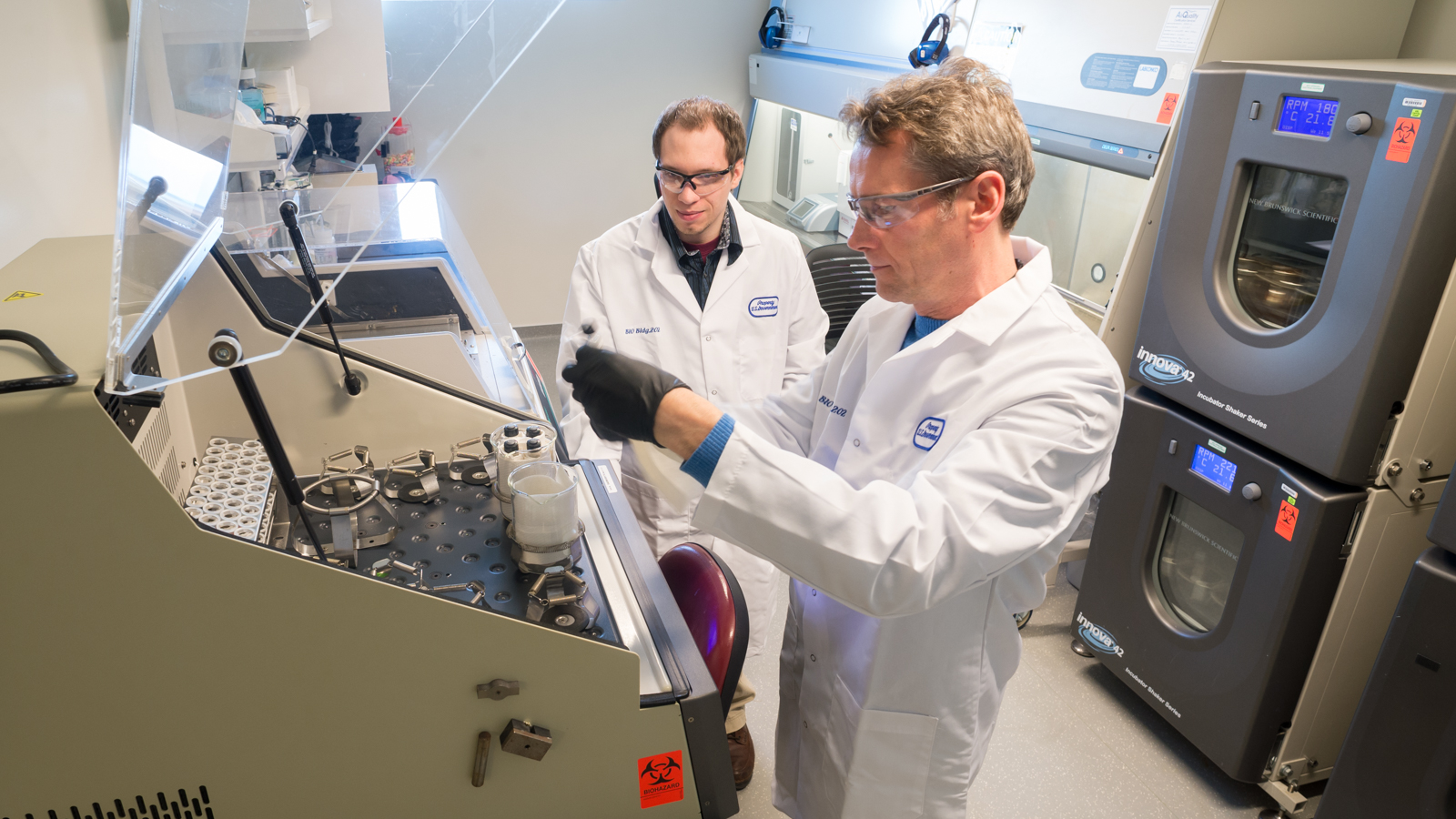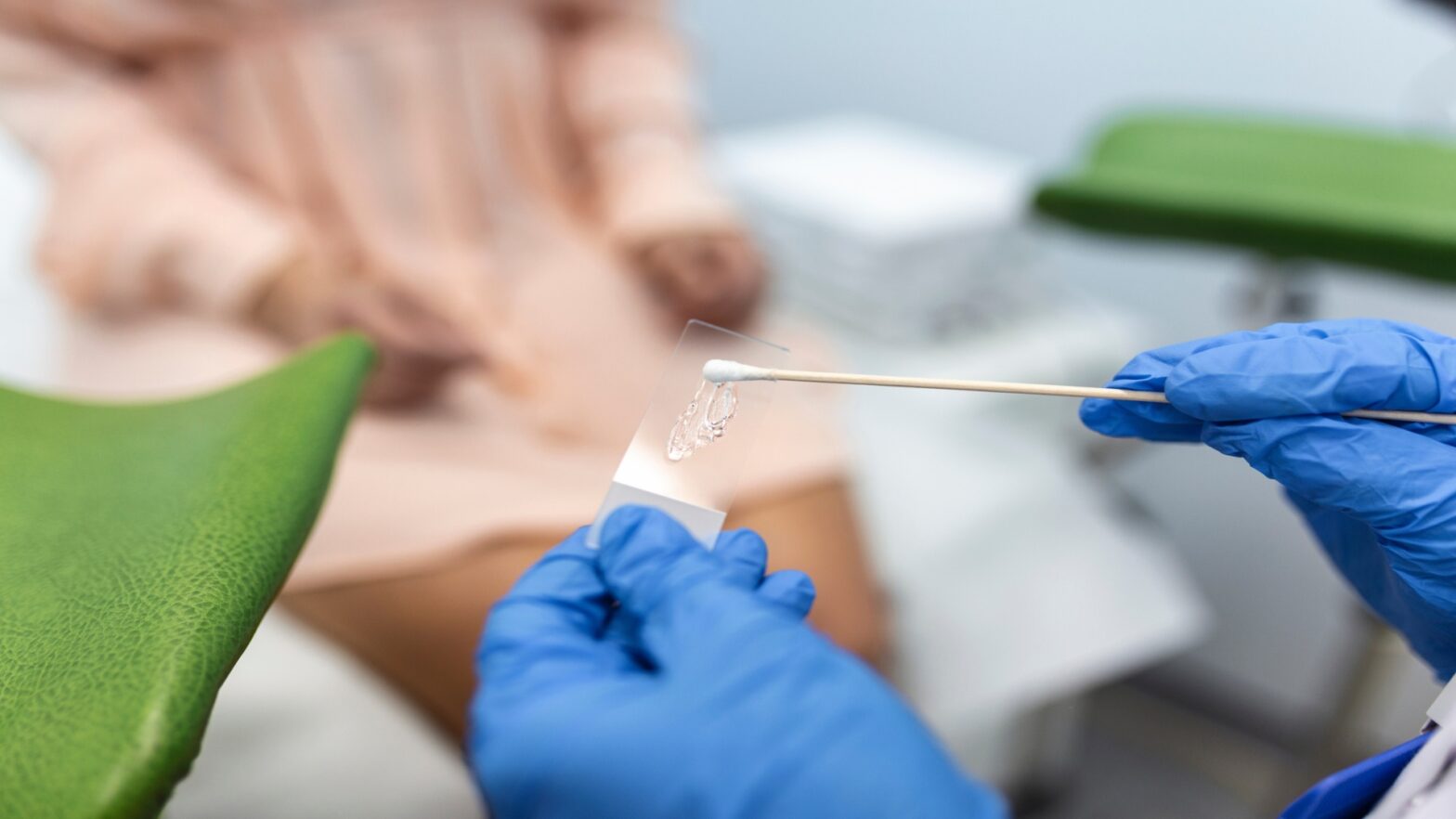Besides medical research, proteins play a crucial role in all organisms’ biochemical reactions and life because they contain antibodies that protect the organism from viruses and disease-causing bacteria.
Because of the increased demand for protein, modern-day structural biologists are concentrating on synthesizing and producing large-scale proteins to raise more scientific investigations and examinations of these biomolecules and macromolecules that are made up of long chains of amino acid residues.
And in order to achieve that, protein purification is an essential process that cannot be skipped. Of course, it goes without saying that much of the research and medical findings these days are enhanced by improvements in laboratory technology, like the emergence of award-winning microbioreactor systems, filtration chromatography systems, and others, that propel the protein purification efforts further with each new day.
Nevertheless, the process of protein purification is always profoundly affected by the expression host (anything that has the framework to produce protein from the provided genetic material), which determines the techniques, methods, tools, and reagents that will be used in the process.
This brief article will focus on the three most effective protein purification methods. But before we get deeper into the different methods of purification, let’s see what protein purification is and why it is so important in the comprehensive production of proteins.
What Is Protein Purification?
The protein purification process is one of the most important processes in protein production. This process involves isolating existing proteins from a concentrated mixture of other unwanted proteins, tissues, and cells and helps determine the protein’s function, structure, and interaction.
Put differently, the purification process is essential for the required protein to be entirely separated from the non-protein components. In addition, the protein characteristics such as physical and chemical features, variance in size, binding affinity, and biological activity are all crucial in the separation process.
This process plays a significant role in the custom synthesis of proteins, and it can be done preoperatively or analytically. There are four basic protein purification steps: cell lysis, protein binding to a matrix, washing, and elution. The primary objective of protein purification can be labelled as preparative purification and analytical purification, which is to create purified proteins for later usage.
Now that you know why protein purification is essential for synthesizing and producing proteins, let’s look at the three effective methods that structural researchers use in their efforts.
3 Effective Methods Utilized For Protein Purification
Extraction
Extraction is a protein purification method that involves bringing the protein into a solution from the cells by shattering the cells or tissues on the host system. However, if the organism fails to synthesize the demanded protein into the solution, the most crucial stage is ensuring the disordering of the cells where the proteins are found. Researchers use various methods such as sonication, thawing, homogenization through grinding, repeated freezing, or permeabilization through enzymes to achieve this.
Furthermore, this method releases proteases during the process of cell lysis, which enables the onset of the digestion of proteins in the solution. The extraction method in purification relies heavily on the protein fragility and host cells.
Chromatography
Chromatography is the most common and preferred protein purification method among professionals. The chromatography purification method is associated with high-resolution efficiency, which allows the separation of crude and complex mixtures, even of those with similar molecular components.
The primary principle of the chromatography purification technique is to separate a bigger pool of protein into a few smaller ones that are rich in the required protein. However, to use this method for protein purification, the researchers need to have some basic chromatography equipment.
Ultracentrifugation
Next in line, the ultracentrifugation technique is another protein purification method that uses a centrifugal force to sour out a mixture of molecules that have different masses and densities in a suspended liquid.
The protein mixture is set in a container that is spun at a very fast speed, and the acceleration of the object causes each particle to exert an outward force proportional to its mass. The required protein particles are then moved in the liquid by centrifugal force, which allows them to travel through the fluid.
Final Words
The process of protein purification is always a topic of concern for most biochemist researchers. Due to thorough, decade-long research efforts, the protein purification process has constantly been simplified, thus leading to a high yield of quality protein for the needs of labs and research centres.

















